Grape Variety
Plavac-Mali
"plah-vats MAH-lee"
Wine Styles
 Sparkling
Sparkling Light White
Light White Full White
Full White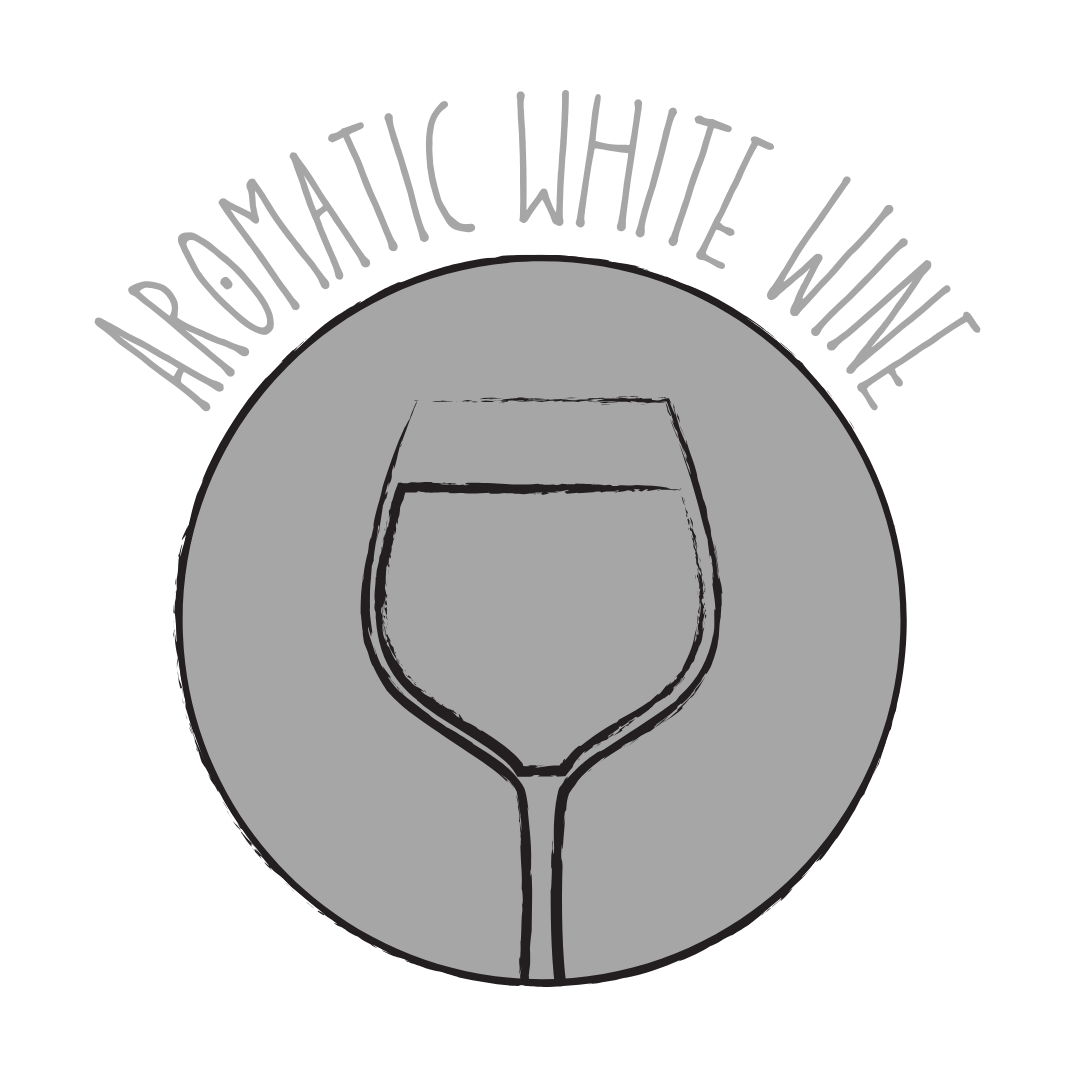 Aromatic
Aromatic Rosé
Rosé Light Red
Light Red Medium Red
Medium Red Full Red
Full Red Dessert
DessertAbout Plavac-Mali
Origin
Dalmatia, Croatia
History
Plavac Mali, meaning 'small blue' in Croatian, is an indigenous red grape variety primarily grown along the Dalmatian coast. It is a natural cross between Crljenak Kaštelanski (ancestral Zinfandel) and Dobričić grapes. The grape is known for producing rich, flavorful wines with high alcohol content and firm tannins. Common flavors and aromas include carob, figs, sage, dark cherries, pepper, and spices. Notable wine regions producing Plavac Mali include Dingač and Postup on the Pelješac peninsula, as well as the islands of Hvar, Brač, and Vis.
Appearance
Small, blue-hued berries with thick skins, growing in compact clusters.
Growing Traits
Plavac Mali is a late-ripening and low-yielding grape variety, known for its resilience and ability to thrive in the rocky soils and steep slopes of Dalmatia. The grape's thick skins contribute to its high tannin content and deep color in the resulting wines. However, it is notorious among winegrowers for its uneven ripening properties, with grape clusters often containing both green berries and raisins. If left to ripen fully, the tannins and sugars increase, but the acids drop, posing a challenge for winemakers.
Wine Characteristics
Body
4/5
Sweetness
1/5
Tannin
4/5
Acidity
3/5
Alcohol
4/5
Full-bodied with a robust and tannic structure, offering rich and concentrated flavors. Typically vinified dry, though some off-dry and dessert versions exist. High tannin levels, contributing to a firm and structured mouthfeel. Moderate acidity, providing balance to its bold character. High alcohol content, often ranging from 13% to 17%, adding richness and warmth to the finish.
Taste Profile

Black Cherry

Blackberry
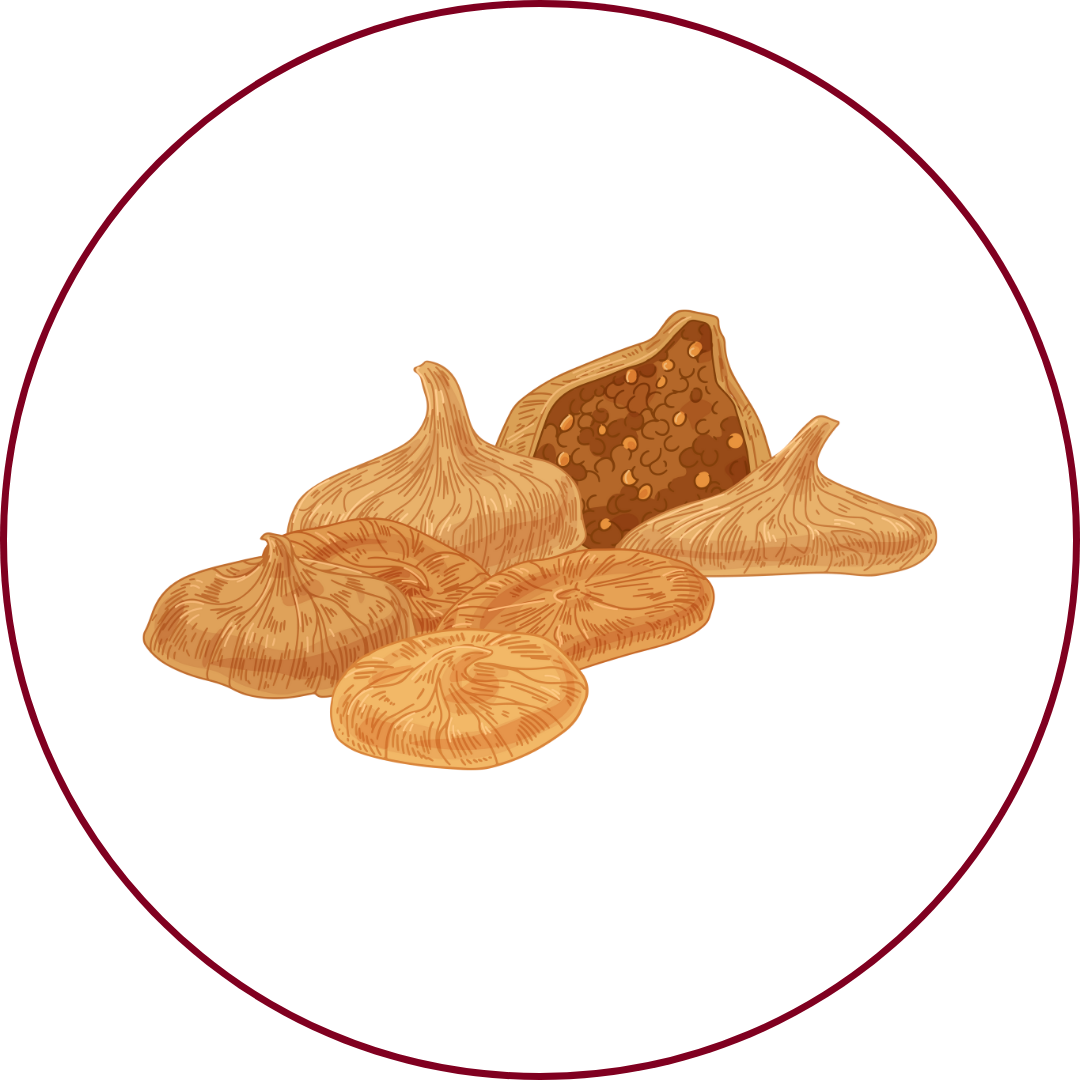
Dried fig
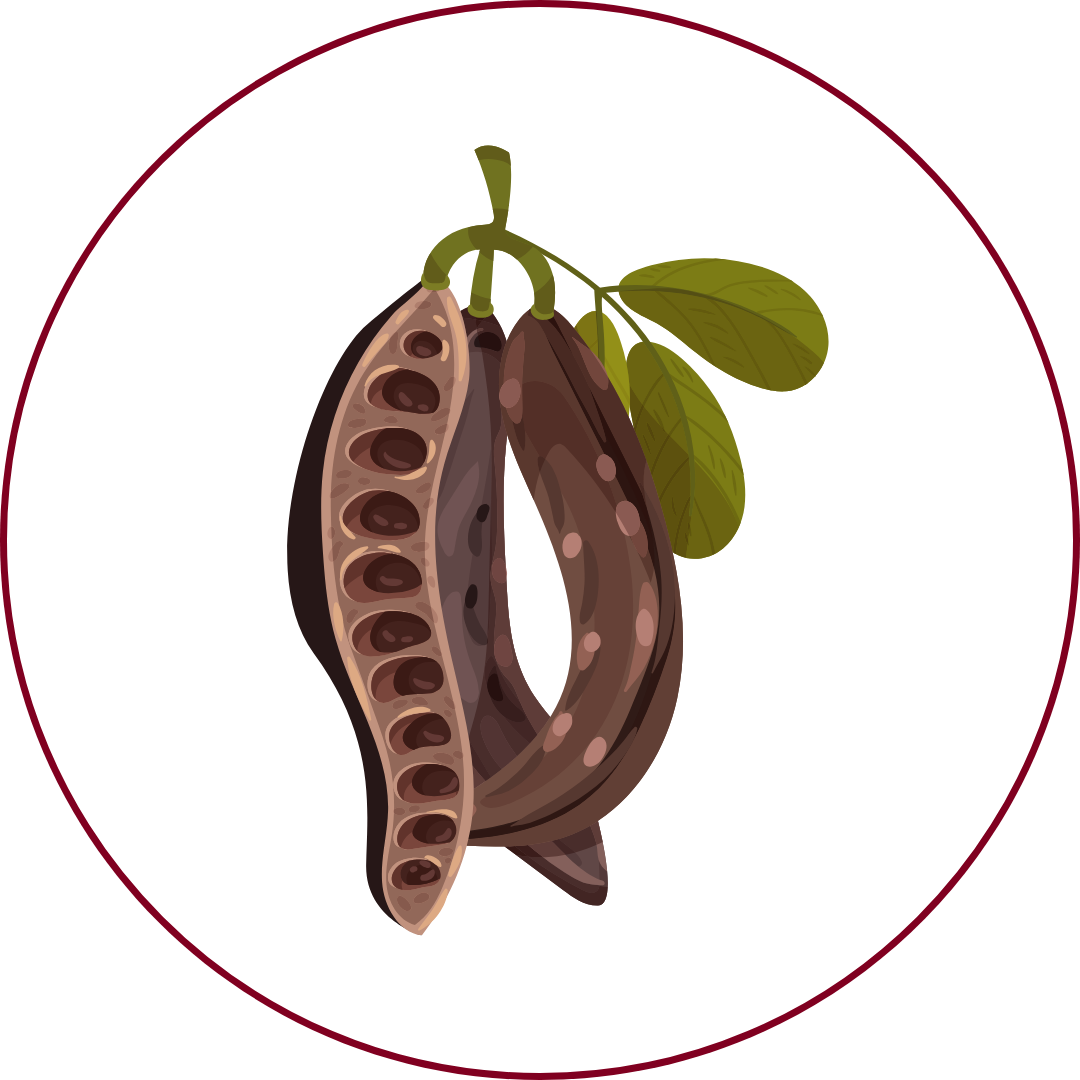
Carob
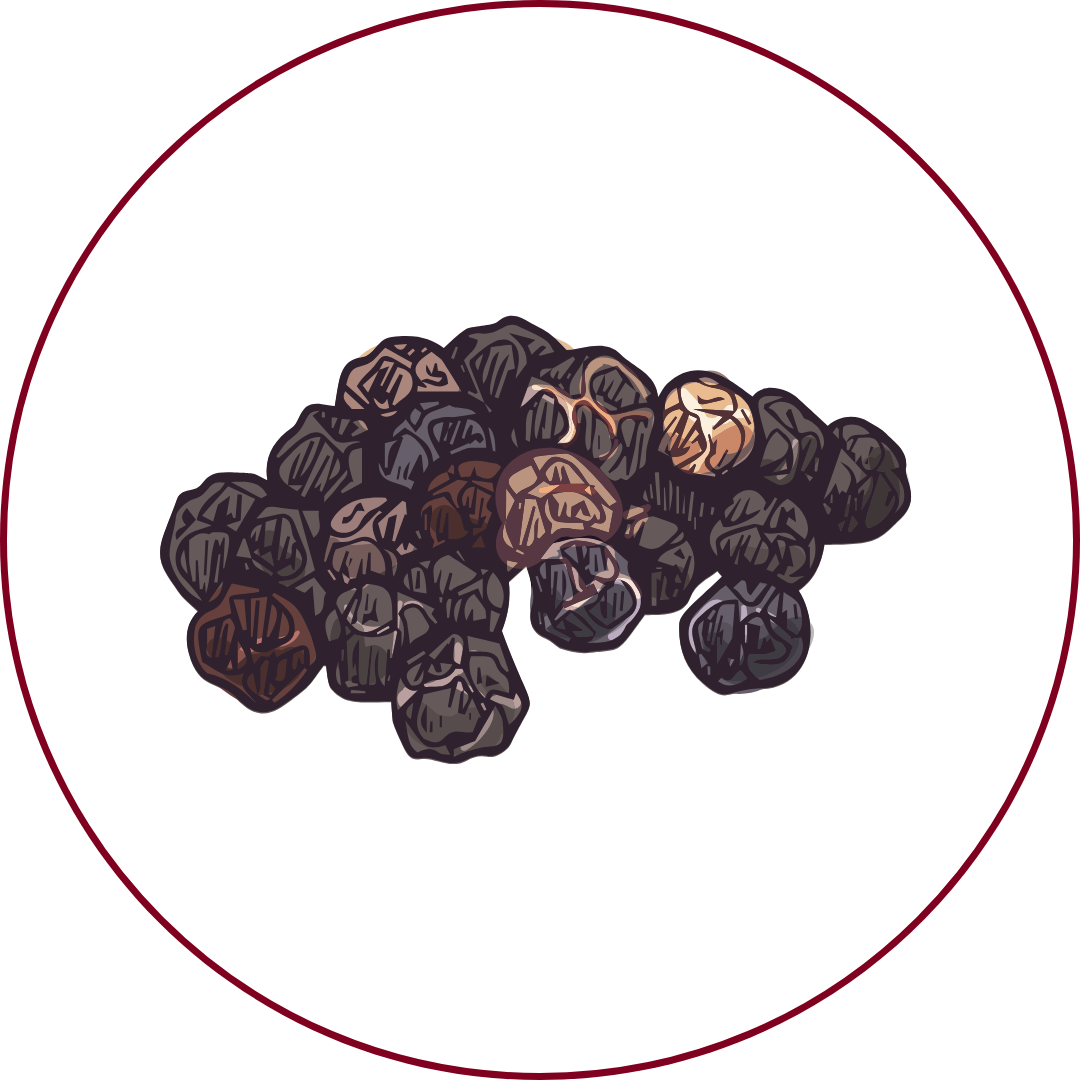
Black pepper

Sage
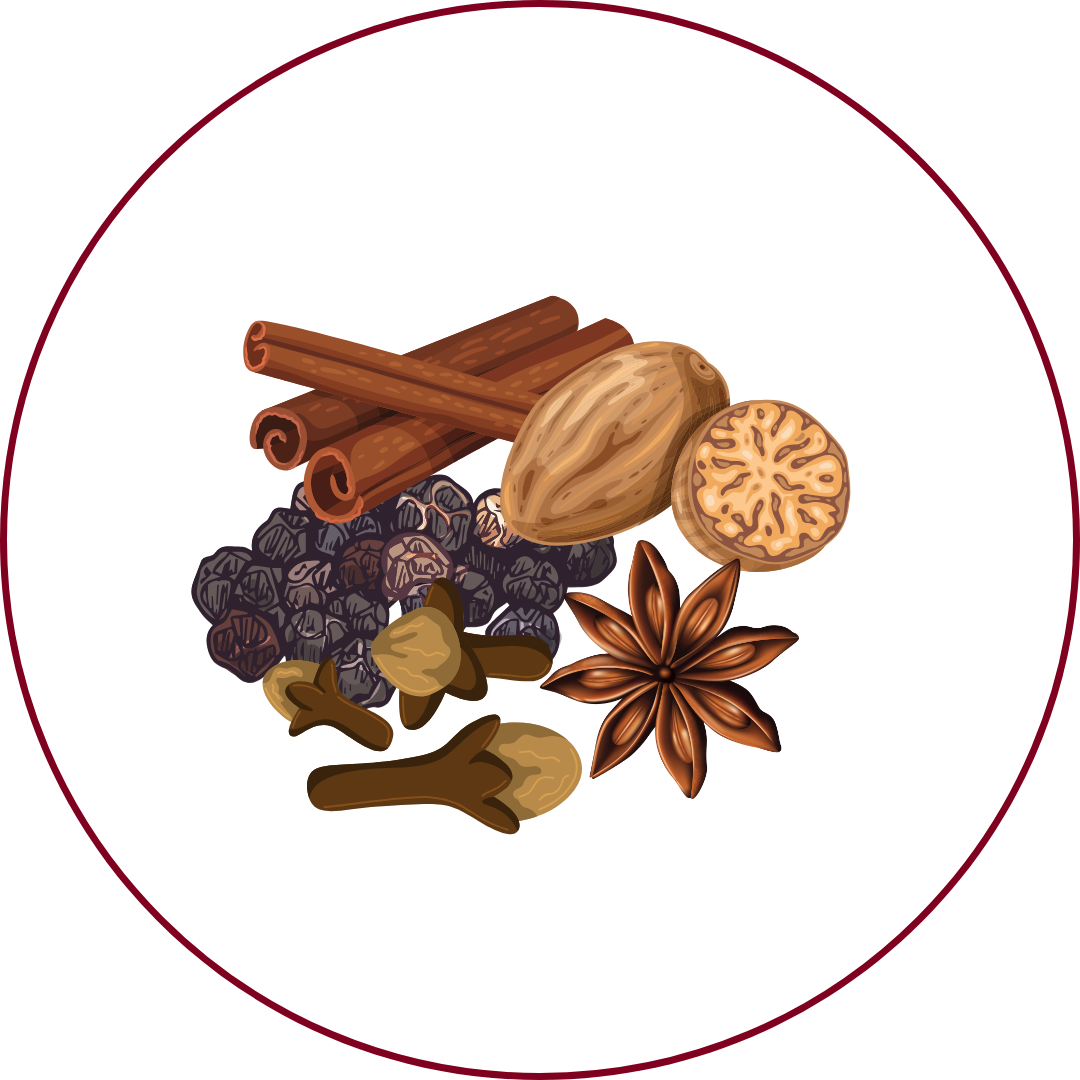
Spices
Plavac Mali wines are characterized by intense dark fruit flavors, including dark cherry and blackberry, complemented by notes of dried fig, carob, and black pepper. Herbal nuances of sage and a medley of spices add complexity. The palate is full-bodied with high tannins and a warm, lingering finish, reflecting its elevated alcohol content.
Food Pairing
Plavac Mali's bold flavors and firm tannins make it an excellent match for hearty dishes. It pairs well with red meats of strong flavors, such as veal and venison. Traditional Croatian dishes like pašticada (Dalmatian beef stew) and lamb roasted on a spit complement the wine's robust character. Its high alcohol content and rich fruit flavors also make it suitable for pairing with spicy cuisines.
Growing Regions

Croatia
DalmatiaPelješac PeninsulaHvar IslandBrač IslandVis IslandKonavle
Notable Wines & Producers
Dingač
Matuško Winery
Vinarija Dingač
Bura-Mokalo
Miloš
Kiridžija
Bartulović
Postup
Vinarija Dingač
Bura-Mokalo
Madirazza
Bartulović
Plavac-Mali FAQ
Common questions about this grape variety
What is the origin of Plavac-Mali?
+
Dalmatia, Croatia
Is Plavac-Mali wine full bodied?
+
Plavac-Mali has a body level of 4 out of 5. Which means that Plavac-Mali is Moderate to Full bodied.
Is Plavac-Mali wine dry or sweet?
+
Plavac-Mali has a dryness level of 1 out of 5. Which means that Plavac-Mali is Dry.
Where is Plavac-Mali wine from?
+
Dalmatia, Croatia
Where is Plavac-Mali grown?
+
Plavac-Mali is grown in Croatia (Dalmatia, Pelješac Peninsula, Hvar Island, Brač Island, Vis Island, Konavle).
What is Plavac-Mali like?
+
Plavac Mali wines are characterized by intense dark fruit flavors, including dark cherry and blackberry, complemented by notes of dried fig, carob, and black pepper. Herbal nuances of sage and a medley of spices add complexity. The palate is full-bodied with high tannins and a warm, lingering finish, reflecting its elevated alcohol content.
What does Plavac-Mali pair with?
+
Plavac Mali's bold flavors and firm tannins make it an excellent match for hearty dishes. It pairs well with red meats of strong flavors, such as veal and venison. Traditional Croatian dishes like pašticada (Dalmatian beef stew) and lamb roasted on a spit complement the wine's robust character. Its high alcohol content and rich fruit flavors also make it suitable for pairing with spicy cuisines.
What does Plavac-Mali taste like?
+
Plavac Mali wines are characterized by intense dark fruit flavors, including dark cherry and blackberry, complemented by notes of dried fig, carob, and black pepper. Herbal nuances of sage and a medley of spices add complexity. The palate is full-bodied with high tannins and a warm, lingering finish, reflecting its elevated alcohol content.
Take Plavac-Mali Knowledge with You
Access detailed grape profiles, tasting notes, and pairing suggestions on your iPhone.
Download on theApp Store